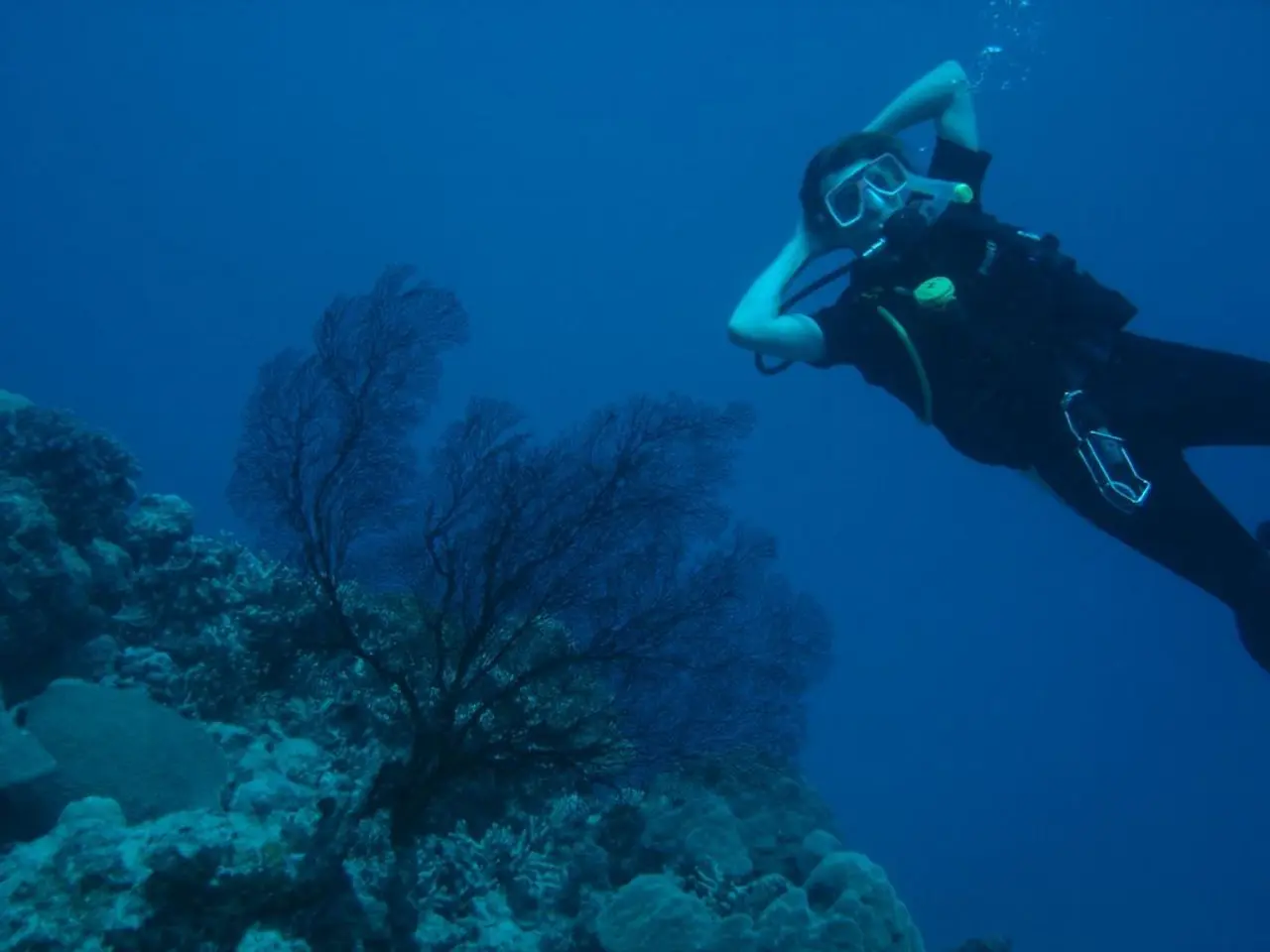Corner-cutting, intimidation, and a toxic work environment: Unveiling Stockton Rush's management at OceanGate
OceanGate's Titan Tragedy: A Preventable Disaster
In August 2025, the U.S. Coast Guard Marine Board of Investigation (MBI) released a damning 335-page Report of Investigation (ROI) on the Titan submersible implosion that occurred in June 2023. The disaster, which claimed the lives of five individuals, including OceanGate CEO Stockton Rush, was concluded to be preventable, with multiple contributing factors primarily linked to OceanGate's inadequate design, certification, maintenance, and inspection processes for the Titan submersible.
The primary cause of the implosion was OceanGate's failure to adhere to proper design and safety standards, leading to a catastrophic loss of the pressure chamber under extreme ocean pressure (~400 atmospheres or 6,000 psi). The report strongly criticised Rush for ignoring repeated safety warnings, deliberately overlooking known risks, neglecting regulatory compliance, and creating a toxic workplace culture that suppressed whistleblowers by threatening lawsuits and termination.
Safety failures were evident in various aspects of the operation. For instance, Titan’s real-time monitoring system data were not adequately analysed or acted upon during the 2022 Titanic expedition. False reassurance was created by Rush through misrepresentation of the submersible’s safety margins and misleading mission specialists on testing procedures and certifications.
Regulatory and oversight issues were also highlighted in the report. The report underscored inadequate domestic and international regulatory frameworks for submersible operations, especially vessels of novel design, and an ineffective whistleblower protection mechanism under the Seaman’s Protection Act.
The MBI issued 17 recommendations aimed at strengthening oversight of submersible operations, improving coordination among federal agencies, and closing gaps in international maritime policies to prevent recurrence. The report also noted a "culture of secrecy" at OceanGate that contributed to ongoing dysfunction between teams.
Stockton Rush, the co-founder and CEO of OceanGate, was known for his aversion to regulations and for making all engineering decisions independently, despite having a Director of Engineering in place. Rush, who prided himself on being a rule breaker, founded OceanGate in 2009 with a mission of increasing access to the deep ocean through innovation. At the time of the catastrophic implosion, OceanGate operated three submersibles for conducting research, film production, and exploration travel, including tours of the site of the Titanic. The price for a single seat on the eight-day mission was $250,000.
The report also highlighted OceanGate's use of intimidation tactics and strategically creating regulatory confusion. Mission specialists were required to sign liability waivers before dives, often after paying and travelling to the departure point. The terms of the waiver were only discussed in detail after arrival, leaving little opportunity for participants to decline. The money paid by mission specialists was absorbed directly into OceanGate's operating account, with no guarantee of a refund or a future opportunity if a mission was cancelled or aborted.
The engineering director of OceanGate believed that safety concerns were dismissed due to cost-cutting measures and poor engineering decisions, driven by the desire to reach the Titanic quickly to start generating profit. Rush planned to repair the crack in the carbon-fiber hull and reassemble the submersible in three weeks, then dive it again, despite the engineering director's opposition.
The report also noted a toxic workplace environment where firings and the threat of termination dissuaded staffers from voicing safety concerns. OceanGate is no longer operating and has offered condolences to the families of those killed in the implosion. The report is currently under review by the Commandant of the Coast Guard, who will finalize the U.S. Coast Guard's official stance on the findings and recommendations.
In summary, the investigation attributes the Titan tragedy predominantly to OceanGate’s risky and non-compliant operational practices overseen by Stockton Rush, combined with regulatory shortcomings and safety process failures, emphasizing that the disaster was preventable with proper oversight and adherence to standards.
- The MBI's report on the Titan disaster criticized OceanGate's CEO, Stockton Rush, for his disregard for safety standards in sports, as he ignored repeated warnings, overlooked known risks, and created a toxic workplace environment that suppressed whistleblowers.
- After the catastrophic implosion of the Titan submersible, it was discovered that OceanGate's Sports division, which offered deep-sea exploration tours to the Titanic site, employed intimidation tactics and strategically created regulatory confusion, requiring participants to sign liability waivers with little opportunity to decline.






